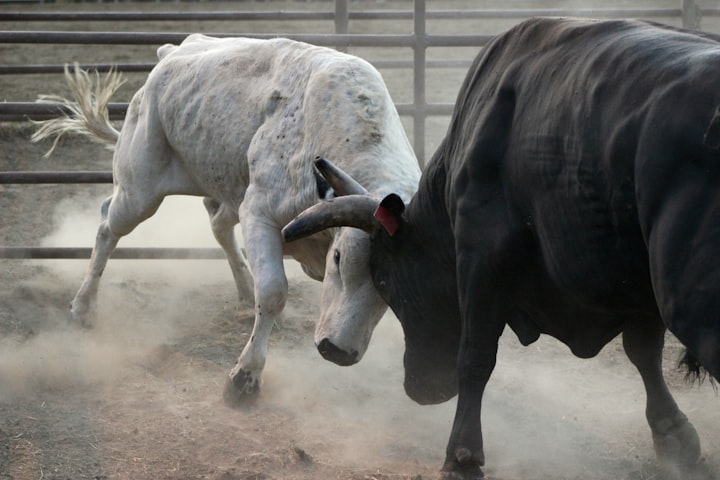Mustering in the red dirt
Australia's outback in my dreams

When I was 16, my family bought a cattle station 10 hours drive from Melbourne in the heart of the Australian outback. It was 40,000 acres which may seem enormous, but by outback standards, it was a small property and only viable if you had other properties or businesses.
The long drought had ended, and it rained continously, leading to extensive grass and feed. So we were able to stock the property with 2,000 cows and 50 bulls, which would produce enough offspring to sell a year later.
By the time I was 18, my friends and I would drive the 10 hours in an old ute with no airconditioning along long, straight or red and dusty roads to start the mustering.
Mustering is the process of bringing in every animal from each corner of the property to count, tag, treat, brand and sell them. The two main steps are to muster the cattle, bring them to the yards, and complete the yard work.
Mustering 2,000 cattle across 40,000 acres can take almost a week with four people on four motorbikes. If you have a helicopter and more people, it can be done more quickly, but you also have to keep the cattle safe and healthy by not pushing them too fast and making sure they have access to feed, water and rest.
With my friends, each day, we would ride out and move cattle from the outer paddocks, closer to the yards, closing gates behind us to prevent them from spreading out again. The cattle mostly stayed together, but there would often be a few spread out the next day.
After a long day on the bike, we would ride back to the house and prepare dinner, sitting out by the river and drinking a beer. Chatting while listening to the sound of the water and the birds.
The next day would bring more of the same. Sometimes we would need to watch out for young calves left behind and bring them up to the group on the back of the bike to find their mother. Because the bulls were with the herd year-round, calves were born randomly throughout the year.
Once all the stock were in the smaller paddock surrounding the yards, drafting the animals into categories took hours or days, depending on the herd size. Separating the calves from their mothers was always needed but difficult.
Then the yard work would begin, branding any older calves (not pleasant!), tagging and castrating young males so that the steers could be sold, checking every animal to make sure it was healthy and separating animals to be sold.
Then the cattle trains, the B double road trains, would arrive, one after another, to take the animals to the saleyards. Loading the trains took time as each animal made their way up the ramp individually, and the truck driver moved them up to make sure they were in safely and maximising the space available.
Seeing them drive off was always bittersweet; I wasn't always comfortable with the welfare of animals through this process. Although nothing technically inhumane occurred, I wasn't really sure why the machine of beef production existed the way it did.
Now, more than 20 years later, I do eat red meat but very sparingly. Australia is far too reliant on beef and meat in general. I believe meat can be ethical, but we shouldn't eat so much of it.
Now, I dream of having a piece of land in the outback, not for beef, but for my children to experience the vastness of the landscape, to get the red dirt through their hair and to see the wildlife Australia is so well known for. It's a dream I doubt I can afford, but I can still hope.
About the Creator
Carla Cram
I'm a writer, mama, nature-lover, wife and friend. I write about living intentionally because I think deeply about my thoughts and actions.





Comments
There are no comments for this story
Be the first to respond and start the conversation.